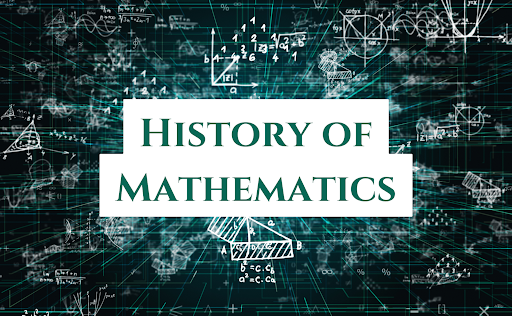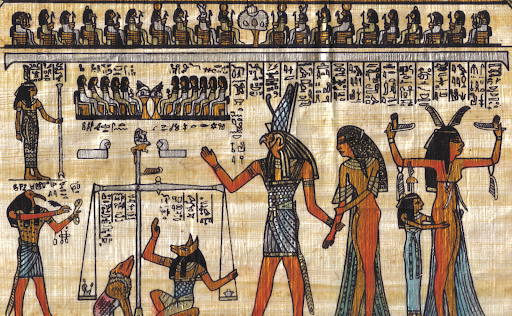The history of mathematics is nearly as old as humanity itself. Since the beginning of time, mathematics has been essential to advancing philosophy, engineering, and science. Through abstraction, creativity, and logic, it has developed from straightforward counting, measurement, and computation to the comprehensive, intricate, and sometimes abstract subject we know today.
The history of mathematics is a long and spectacular one, starting with the notched bones of early man and extending to the mathematical innovations brought about by established agriculture in Mesopotamia and Egypt, as well as the revolutionary advancements of ancient Greece and its Hellenistic empire.
In this article, we will go over some of the most critical periods and cultures that made an impact on mathematics as we know it today:
- Babylonian Mathematics
- Egyptian Mathematics
- Greek Mathematics
- Chinese Mathematics
- Modern Mathematics
Our prehistoric predecessors would have possessed a general sense of discrete quantity and understood, for example, the difference between one and two antelopes out of instinct. However, it required a very long time to make the conceptual transition from the physical concept of two items to the creation of a sign or word for the abstract idea of ”two.”
Early man kept note of recurring events like the phases of the moon and the seasons. Notched bones found in Africa between 35,000 and 20,000 years ago provide some of the first signs of human thought around numbers. But in reality, this is just counting and tallying rather than mathematics.
Who invented math first and why?
Naturally, the oldest communities of people on Earth would have been the first to discover mathematics. Some of the earliest mathematical writings have been found on ancient Egyptian papyrus. More advanced mathematics date back more than 2,500 years to ancient Greece – although we shouldn’t discount the discoveries made independently in ancient China either.
Babylonian Mathematics
Any Mesopotamian mathematics from the time of the ancient Sumerians (https://en.wikipedia.org/wiki/Sumer) to the Hellenistic era, practically to the beginning of Christianity, is referred to as Babylonian mathematics.
The majority of Babylonian mathematical work was produced between the last few centuries of the first millennium BC and the first few hundred years of the second millennium BC, known as the Old Babylonian era.
Because Babylon played a significant role as a learning center, it was given the moniker Babylonian mathematics. Later, Mesopotamia, particularly Baghdad, became a hub for Islamic mathematics research throughout the Arab Empire. In fact, this is the historical origin of Western Arabic numerals (0,1,2,3,4,5,6,7,8,9), the most commonly recognized set of symbols used to represent numbers around the world.








